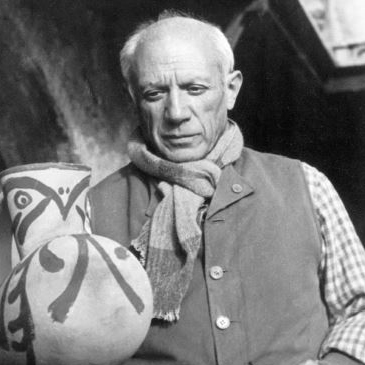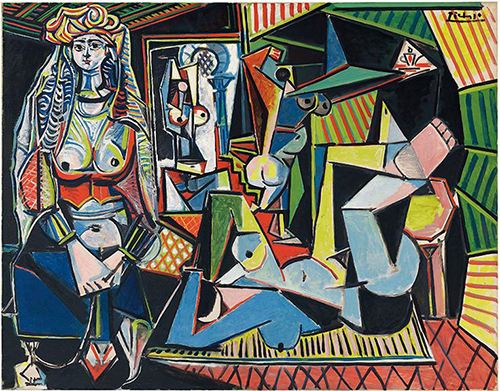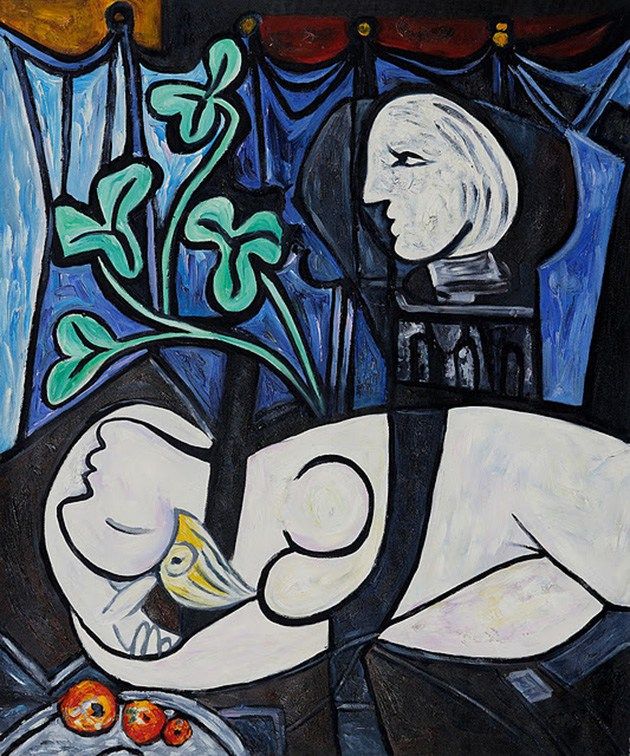Picasso's final artworks were mixed between the countless technique he had adopted during his lifetime. He awakened to create sculptures larger and also his paintings much more expressive and vibrant. Near the conclusion of his career, Picasso enjoyed studying works that had impacted his development through time. He also produced several sets of variations of paintings of Old Masters, for example, Francisco Goya, Diego Velazquez, and Edouard Manet, also the creator of modern trends. Some of the notable artworks he did, comprise Massacre at Korea later Goya, Las Meninas later Velazquez, also Luncheon on the Grass Manet. A number of these artworks continue to be very popular in the art world even now; in fact, due to the vision and different creative model. A large number of paintings Picasso painted throughout his last years now are widely recognized as the beginning of the Neo-Expressionism movement.



